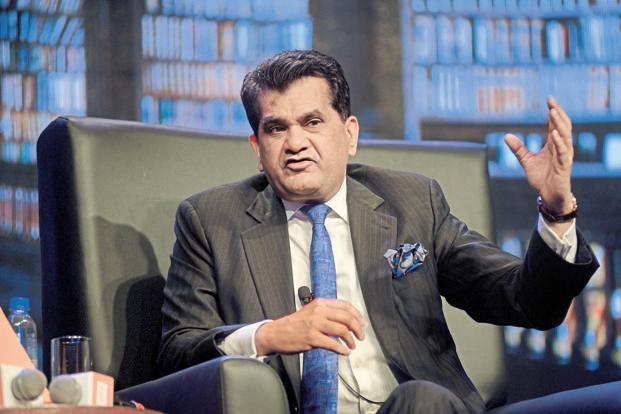New Delhi: The government plans to rank states on the basis of their performance in education—from the quality of their school infrastructure to learning outcomes.
The idea is to instill a spirit of competition among states and get them to improve the quality of education that their students receive, two government officials said.
How well they use their resources, innovative projects undertaken by their educational institutions and research outcomes will be the other measures they will be ranked on, the officials said, requesting anonymity.
The central government’s policy think tank Niti Aayog, in collaboration with the human resources development ministry (HRD ministry), is working on the index the states will be ranked on.
Niti Ayog has consulted independent education experts. The index is likely to be launched in a couple of months, one of the two officials said.
“The Niti Aayog and the PMO (Prime Minister’s Office) are very interested in such an index. The whole exercise is aimed at making education output-driven than the present input-driven system,” said one of the experts who was consulted by Niti Ayog.
The expert, who, too, requested anonymity, said the performance will be tracked “on a realtime basis”, and any swings in the ranking of states can be seen on a dedicated website.
Niti Aayog chief executive Amitabh Kant earlier this month indicated such rankings are in the works.
“The quality of education needs to be improved. We are focusing on learning outcomes. We are going to make states compete on the quality of education and learning outcomes,” Kant said at an event in New Delhi.
He said the government had already “put in four months of hard work in building this” and had consulted several top educationists across the world.
Kant said the central government intended to support the states, but it isn’t clear what the support would entail and if it will lead to changes in the funding mechanism for education.
India has one of the largest education systems in the world with nearly 330 million students in schools and colleges. The country has over 1.4 million schools, nearly 45,000 colleges and around 720 universities.
Quality of education remains a challenge from the primary to tertiary level, several studies have found. More than half of Class V students could not read a Class II text in 2014, according to the Annual Status of Education in Rural Indiareport of 2015; in the global league tables, Indian universities lag far behind peers elsewhere. Just two Indian institutions—Indian Institute of Science Bangalore and Indian Institute of Technology Delhi— found a place in the top 200 universities list of QS World University Rankings and none in the Time Higher Education (THE) World University rankings in 2016. Both QS and THE are global university ranking agencies based out of UK.
The second government official cited above said the effort to compile state rankings is well-intentioned, but conceded it has potential pitfalls.
“Education is largely a state subject and taking all states on board is important. States for years are demanding more funds, and a differential funding pattern will have political consequence,” he said.
[Source:-Livemint]



